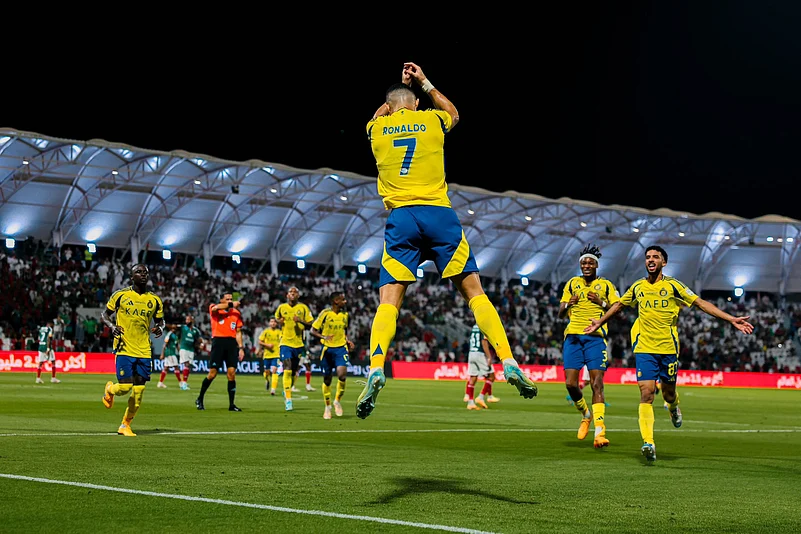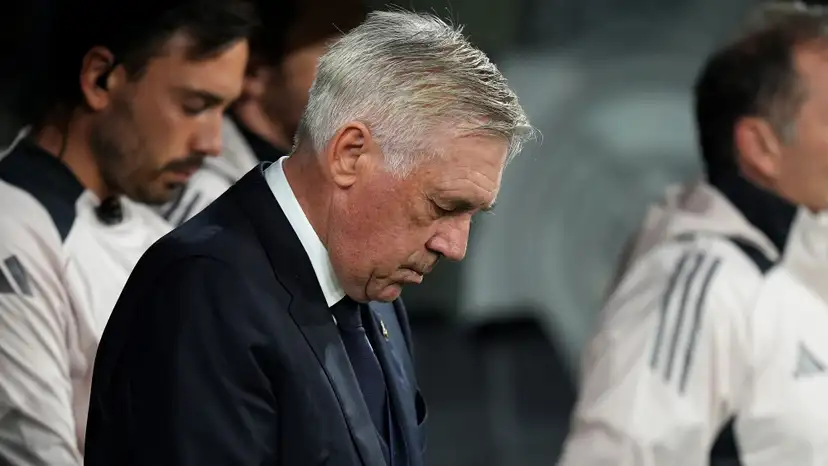
Scoring a goal is the most emotional moment in football. It is the release point of pressure, tension, and instinct, often followed by a celebration. The few seconds after the ball hits the net allow a player to communicate everything they feel in one action: relief, pride, anger(that it took so long to score), or joy. It is football’s universal language, understood by fans everywhere, no translation required.
An iconic celebration is one that goes beyond the goal itself. It becomes instantly recognizable, repeated by fans, and tied permanently to the player’s identity. Children copy it in parks, gamers select it in FIFA(EAFC), and brands use it in marketing. These moments create visual symbols that last longer than the goals they follow.
The most memorable celebrations blend emotion, meaning, and awareness. Some are born from raw feeling, others from cultural influence, and some from deliberate design. Together, they show how a single movement can express more than words, turning joy into identity and performance into legacy.
Modern footballers know that a celebration can define their public image.
Cristiano Ronaldo’s “Siu!” is the best example. The spin, jump, and shout have become his signature, repeated in every stadium he visits. It is simple, energetic, and instantly recognizable. The celebration went beyond football, appearing in commercials, video games, and even non-sporting events, becoming a global brand symbol.
Gabriel Batistuta’s “machine gun” celebration captured his style of play perfectly, direct, powerful, and relentless. Every time he fired that imaginary gun, it matched the impact of his goals. It was a gesture of dominance that became inseparable from his identity as “Batigol.”
Francesco Totti’s “telephone call” celebration was more personal. A lighthearted, affectionate message to his wife after scoring, it turned a private moment into a public connection. It showed that not all celebrations were about ego; some were simply about emotion.
Then there is the timeless knee slide, football’s most universal celebration. From Thierry Henry and Didier Drogba to Kylian Mbappé, generations of players have dropped to their knees and glided toward the corner flag in a burst of emotion. It’s simple, dramatic, and accessible to every player, professional or amateur. The move has become football’s default symbol of triumph.
In today’s era, a new style has emerged: calmness as confidence. The “cold” celebration, made popular by Cole Palmer and Morgan Rogers, represents a new kind of confidence in modern football. After scoring, the player crosses their arms and rubs their shoulders, as if shivering. It started as a shared idea between the two friends and has since become a viral trademark across social media. The gesture blends style and attitude, not arrogance, but assurance. It shows composure under pressure while still carrying personality.
Social media has amplified every celebration. Within minutes, a single pose or gesture can circle the globe, becoming a meme, a marketing clip, or a trend. Modern players understand this reach. For many, the celly as it’s now called, is no longer just a reaction, it is part of their identity, the lasting image that defines their moment of glory.
Some celebrations go beyond image or brand and become personal messages. The act of rocking a baby, for instance, is a simple and universal symbol of fatherhood, a quiet way for players to dedicate a goal to a newborn child. Pointing to the heavens carries similar emotional weight, often used to honour a lost family member or friend. These moments connect players and fans on a human level. For a few seconds, the competition fades, and what remains is raw emotion that anyone can understand.
Cultural celebrations show how football’s global reach allows players to bring pieces of their heritage onto the pitch. African teams have long performed coordinated dances after goals, turning team success into community expression. South American players often use hand gestures or rhythmic movements that reflect local traditions. These gestures are more than celebration; they are pride and identity on display for the world to see.
Some players use props or costumes to add creativity. Pierre-Emerick Aubameyang’s superhero masks, from Spider-Man to Black Panther, combined joy and showmanship, appealing to fans but dividing opinion among critics. They showed that football can also be entertainment, and that personality should not always be subdued for the sake of tradition.
One of the most memorable modern examples came from Chloe Kelly in the 2022 Women’s Euro final. After scoring the winner for England, she took off her shirt and celebrated with her teammates, swinging it above her head. The moment became a defining image of joy and empowerment, symbolising both national pride and the freedom to celebrate without restraint.
Not every celebration fits neatly into the category of joy or respect. Some cross into controversy, defiance, or debate. Lifting a shirt to reveal a personal or political message often results in a yellow card, yet many players still choose to do it. The gesture turns a goal into a statement, whether it is a call for justice, a tribute to someone lost, or support for a wider cause. It shows how football remains a global stage for expression, even when that expression breaks the rules.
Taking the shirt off entirely carries the same consequence. The laws of the game are clear, removing a shirt after scoring is an automatic booking, regardless of context. Still, players continue to do it, knowing the risk. For some, the emotion of the moment outweighs any rule. Chloe Kelly’s Euro 2022 winner showed why. Her decision to take off her shirt in celebration was spontaneous, powerful, and unforgettable. It earned her a yellow card, but also created one of football’s most iconic modern images, joy, freedom, and release in its purest form.
Other celebrations test limits in different ways. Gestures like Robbie Fowler’s controversial “cocaine snort” celebration or haka-style displays have provoked strong reactions, exposing the fine line between passion and provocation. Meanwhile, some players choose the opposite response. When they score against a former club and refuse to celebrate, it communicates respect and restraint, a silent acknowledgment of past ties. Together, these examples show that celebrations are not always about joy alone. They can challenge rules, spark debate, or express emotion that words cannot. Whether through defiance, silence, or spontaneity, they prove that even in discipline and regulation, football remains a deeply human game.
A goal lasts a few seconds, but a celebration can define a career. It captures emotion, personality, and meaning in one image, the moment that fans remember long after the match ends. From Ronaldo’s leap to Totti’s phone or Kelly’s roar, each tells a story about the person behind the player.
These moments matter because they connect footballers and fans beyond the result. They show joy, pride, love, or even defiance, emotions everyone understands. A great celebration becomes more than a reaction; it becomes part of football’s shared memory, proof that the game’s biggest moments are never just about the goal.








